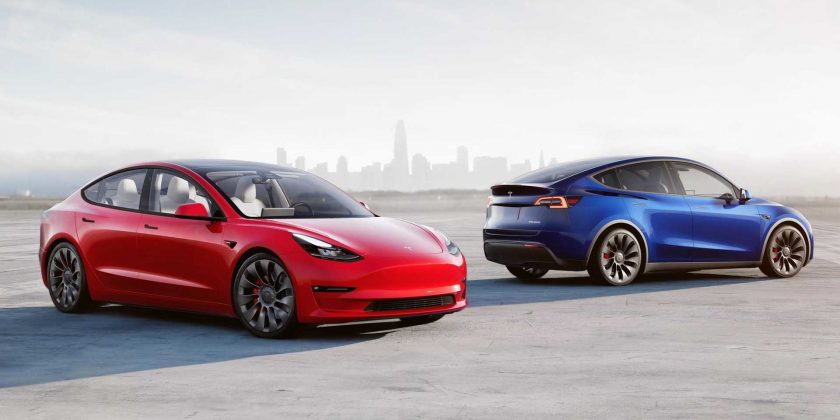As you may know, Tesla opened 2023 with massive price cuts, and it’s reportedly selling a ton of cars in the first quarter, which goes against what the EV maker has done in Q1 for many years now. However, if Tesla can crank out cars early in the year and get them all delivered, it may not have to push so ridiculously hard as the year goes on, though it likely will regardless.
Nearly every year, it seems Tesla has a limited number of deliveries in Q1 compared to subsequent quarters, which isn’t uncommon among automakers. This was especially true when people were banking on the US federal tax credit, and buying at the end of the year meant getting their tax credit much sooner. However, after the holidays, right in the middle of winter, it’s just not typically the best season for car sales.
With that said, for years, Tesla has arguably “fallen behind” each quarter, and then worked to make up for it at the end. The same has appeared to be true for each year as a whole. For one reason or another, Tesla may not quite meet guidance in some quarters, but then it tries to pull out every stop to drive production and deliveries up before the year comes to a close.
Tesla CEO Elon Musk has said a few times in the recent past that the company needs to get away from these ridiculous end-of-quarter and end-of-year delivery waves. He reasoned that it shouldn’t really matter if a car arrives in an owner’s driveway in the final week of December or the early days of January, as long as the car was produced and it’s about to be delivered.
If you follow the space, you know that it does matter, at least to investors and Wall Street, in general. If Tesla doesn’t meet delivery guidance, it doesn’t seem to matter what the reasons are. Perhaps the automaker should have planned better and set more realistic goals, or perhaps adjusted its guidance down after a rough quarter.
At any rate, Tesla is seemingly having the strongest Q1 ever, and it may just make the year as a whole slightly less stressful. If Tesla is able to set major records with deliveries for Q1 2023, a few hiccups going forward may not matter so much. Moreover, as the year goes on, its factories will continue to see upgrades, and its newest factories will continue to ramp up production.
Added to this, Tesla has provided what seems to be more realistic and attainable delivery guidance for 2022. Rather than promising 50% sales growth from 2022 to 2023, the company is looking at some 1.8 million vehicles produced for this year as a whole, though Musk isn’t ruling out 2 million. The CEO explained on the call, via Teslarati:
“Well — OK. I mean, our internal production potential is actually closer to 2 million vehicles, but we were saying 1.8 million because, I don’t know, there just always seems to be some freaking force majeure thing that happens somewhere on earth.”
Musk went on to sort of joke that Tesla doesn’t have any control over “earthquakes, tsunamis, wars, pandemics.” He concluded that if 2023 progresses smoothly, and there are no major supply chain constraints or big catastrophes, Tesla may produce 2 million EVs this year.
As pointed out by Teslarati, Tesla’s 2022 Investor Shareholder Deck describes the brand’s current strategy as follows:
“In the near term we are accelerating our cost reduction roadmap and driving towards higher production rates, while staying focused on executing against the next phase of our roadmap.”
Sure, Tesla is accelerating sales by dropping prices, and it will see reduced margins. However, at the same time, it’s reducing costs, and it’s already known to have some of the best margins in the business, and by leaps and bounds compared to many rivals.
Do you think this strategy will work in Tesla’s favor? What potential pitfalls do you see? Leave us your words of wisdom in the comment section below.
Source: Teslarati
- Share on Facebook
- Share on Twitter
- Share on LinkedIn
- Share on Flipboard
- Share on Reddit
- Share on WhatsApp
- Send to email
Source: Read Full Article

